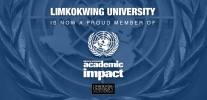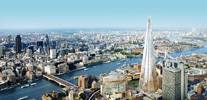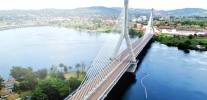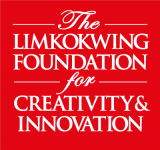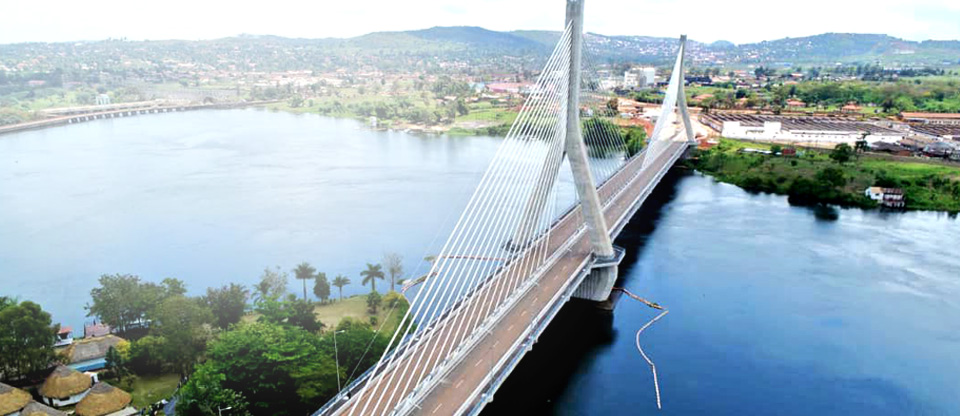
Uganda
A landlocked country with a diverse landscape ranging from the snowy peaks of Rwenzori Mountains to the shores of Lake Victoria, Africa’s largest freshwater lake. A young Sir Winston Churchill called Uganda “the pearl of Africa” after visiting the country when it was still under British rule.
Culture
Uganda is ethnically diverse but can generally be divided between the Nilotic North and the Bantu South, which includes the Ganda who constitute the largest single ethnic group at roughly one-sixth of the total national population. English and Swahili are the official languages, but more than 30 languages are spoken in the country.

Country Information
- Capital city
- Nationality
- Language
- Climate
- Currency
- Time Zone
- Calling Code
- Kampala
- Ugandan(s)
- English and Swahili
- Equatorial
- Uganda Shilling (UGX)
- UTC+3
- +256
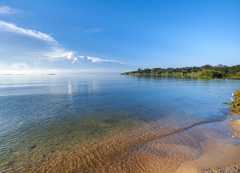
Lake Victoria
Also known as Victoria Nyanza, Lake Victoria is the largest freshwater lake in all of Africa. On a global perspective, it is exceeded by size only by Lake Superior in North America. The lake lies mainly in Uganda, Tanzania and slightly bordering on Kenya.
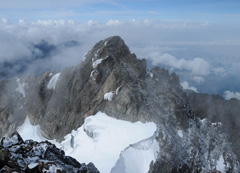
Mount Stanley
Uganda’s tallest mountain stands at an elevation of 5,109 meters above sea level. Located within the Rwenzori mountains range, Mount Stanley’s highest point towers over both Uganda and the Democratic Republic of Congo. It is Africa’s third tallest mountain, coming behind Mt. Kilimanjaro and Mt. Kenya.

Murchison Falls National Park
Murchison Falls National Park, also known as Kabalega National Park lies at the end of the Albertine Rift Valley and it is Uganda’s oldest and largest safari park. It is well known to be one of Uganda’s ancient conservation sites and covers an area of about 3,893km².

Bwindi Impenetrable National Park
Bwindi Impenetrable National Park is located in southwestern Uganda and is known for its exceptional biodiversity, with more than 160 species of trees and over 100 species of ferns. It also protects an estimated 400 mountain gorillas – roughly half of the world’s population.

Queen Elizabeth National Park
This park has various ecosystems made up of sprawling savanna, moist forests, lakes and fertile wetlands, making it Uganda’s most popular and scenic national park. Some of the wildlife include elephants, buffaloes, Uganda kobs, waterbucks, warthogs, giant forest hogs, lions, leopards and hyenas.
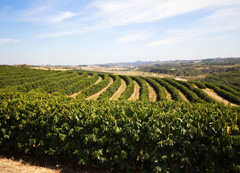
Coffee
Coffee accounts for 20 – 30% of Uganda’s foreign exchange earnings each year, and more than 3.5 million families work in coffee-related activities. The Arabica crop was introduced in Uganda in 1900, however, Robusta is native to Uganda and two types are grown namely the ‘Nganda’ and ‘Erecta’.

Uganda culture
The people of Uganda are among the most hospitable in Africa. The nation is a result of the unification of ancient kingdoms, as well as many independent chieftains. From the diverse mosaic of music, and art to the culture, norms and rituals, the diversity in Uganda’s culture is unmatched.
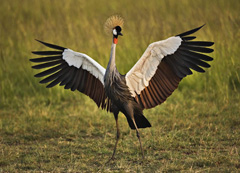
Kibale National Park
Kibale National Park lies just east of the Ruwenzori Mountains in southwestern Uganda. It contains over 340 birds species, 14 species of snakes, and at least 200 species of butterflies. The park is a primatologist’s dream since it also hosts a population of more than 1,000 chimpanzees!






